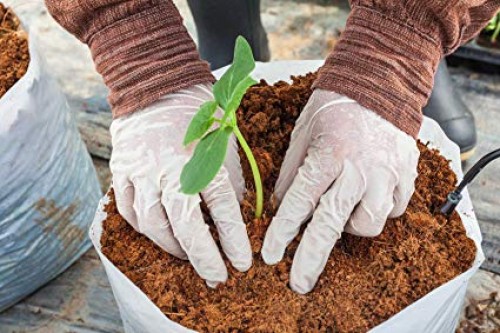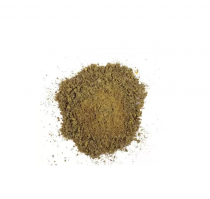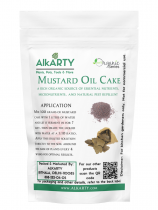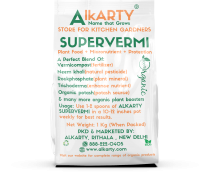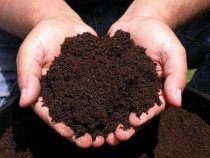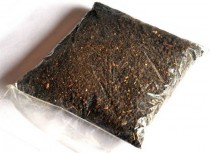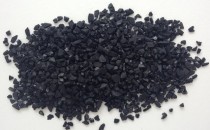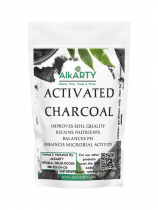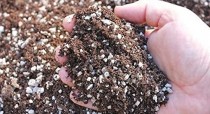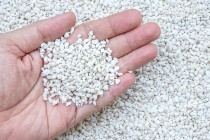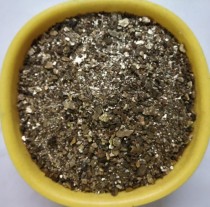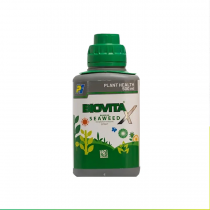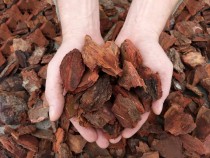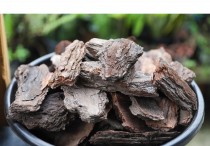off
Alkarty Cocopeat: A Comprehensive Guide
How Cocopeat is Made: The Alkarty Cocopeat is a marvel of modern gardening, crafted through an eco-friendly process that involves collecting coconut husks, dehusking, curing, washing, drying, screening, compressing, and finally, packing.
Generic Names of Cocopeat: Known by various names like coir pith, coco coir, coir dust, and coco peat, this versatile substance offers a plethora of benefits for avid gardeners.
Benefits of Cocopeat: Its exceptional water retention capability, ability to improve soil aeration, and sustainability make it a popular choice. With a neutral pH and low salinity, cocopeat is suitable for various plants and even promotes disease resistance. It can store and release nutrients efficiently thanks to its high cation exchange capacity.
How to Use Cocopeat in Gardening:
Hydrating Cocopeat: Start by soaking the compressed cocopeat block or briquette in water. Use a large container and add enough water to allow the cocopeat to expand fully. Typically, a 5kg block will need around 25 liters of water. Let it sit for a few hours until it absorbs the water and becomes loose and fluffy.
Mixing with Soil: Once hydrated, cocopeat can be mixed with garden soil to improve its water retention and aeration properties. A common ratio is to mix one part cocopeat with one part garden soil and one part compost. This mixture provides a balanced medium for plant growth.
Using as Potting Mix: Cocopeat is an excellent base for potting mixes. Combine hydrated cocopeat with other ingredients like perlite, vermiculite, and compost to create a well-draining and nutrient-rich potting mix suitable for container gardening.
Seed Starting: Cocopeat is ideal for seed starting due to its fine texture and ability to retain moisture. Fill seed trays or pots with hydrated cocopeat, plant the seeds, and keep the medium consistently moist. The cocopeat will provide a stable environment for seed germination.
Mulching: Spread a layer of hydrated cocopeat around the base of plants as mulch. This helps retain soil moisture, suppress weeds, and regulate soil temperature, promoting healthier plant growth.
Hydroponics: In hydroponic systems, cocopeat can be used as a growing medium. Place the hydrated cocopeat in net pots or hydroponic containers, and insert plant cuttings or seedlings. Ensure the cocopeat remains moist and receives adequate nutrients through the hydroponic solution.
Composting: Cocopeat can be added to compost piles to balance the carbon-to-nitrogen ratio. It helps in aerating the compost and improving its overall structure.
